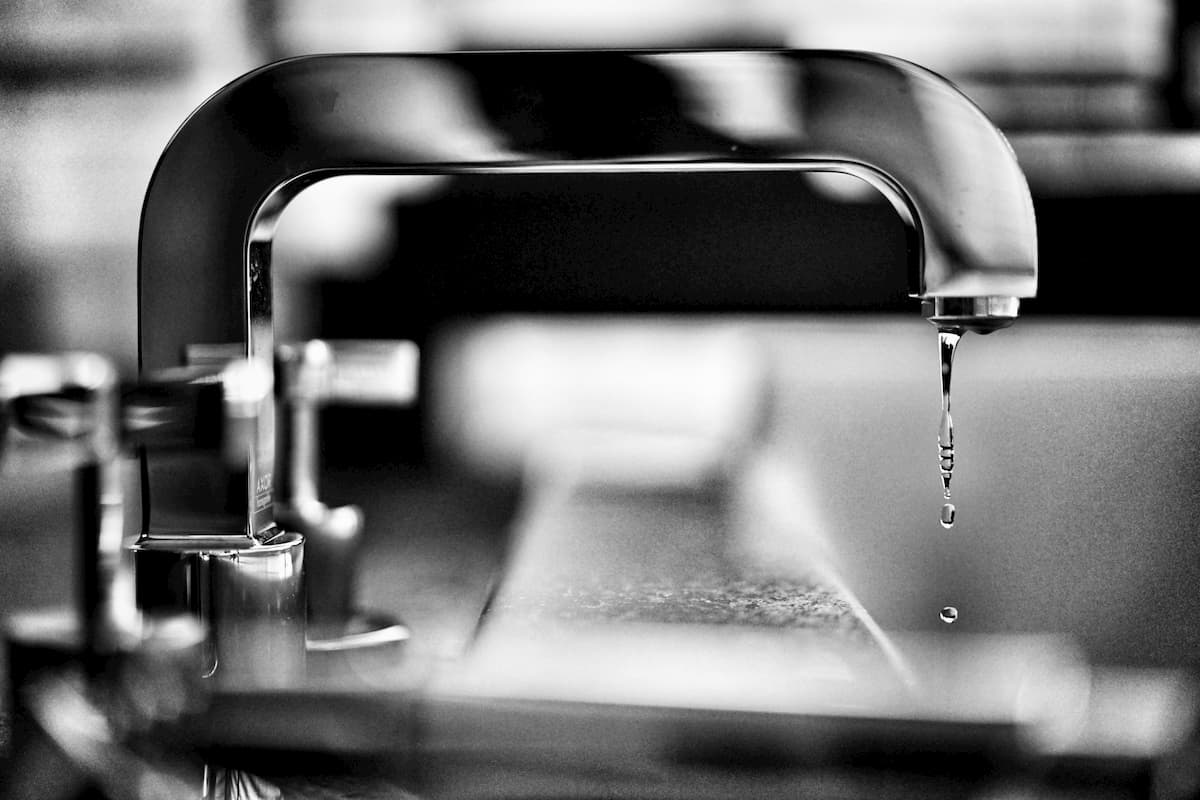[ad_1]
With the arrival of July and hotter weather, many gardeners leave the garden to fend for itself. Unfortunately, this doesn’t help the harvest.
Although your planting may be done, to ensure good yields you need to spend time in the garden to water, weed, and check for insect pests. Some crops will benefit from a modest side dressing of nitrogen fertilizer as they begin to set fruit or start to grow rapidly, such as when cucurbits send out vines.
Avoid applying high quantities of nitrogen. Sprinkling about a total of one pound of nitrogen along the crop rows is enough for every 1,000 square feet of garden. This amount of nitrogen is contained in about three pounds of ammonium nitrate, 33-0-0, or in 10 pounds of a 4-3-4 organic fertilizer blend made from composted chicken manure.
Piling on a thick layer of straw mulch or will help reduce the amount of weeding needed, and will help keep the soil moist during dry spells. A landscape mat can be used around perennial plantings. It will let water through but keep weeds down.
Cover it with straw, leaves, or other organic, weed-free mulch as it may deteriorate if exposed to sunlight. Mulch should not be used around perennial crops that usually spread, however.
If using pesticides to control July pests such as the Japanese beetle or Mexican bean beetle, always follow label directions. Use only as much as you need and avoid applying in the mid-day heat, on windy days, or when plants are in flower and bees are present.
If you want to enjoy fresh vegetables throughout the fall, July is the time to plant fall crops including root crops (e.g., beets, turnips); leafy greens (e.g., spinach, lettuce); and cole crops (e.g., Brussels sprouts, broccoli). Just because these plants like cool weather, that doesn’t mean they can’t get going and flourish in the heat of July and August if they are given consistent moisture.
When watering plants, be sure to water well. Actively growing vegetable plants need at least a one-inch deep application of water per week, either from natural rainfall or watering. To prevent foliar diseases, apply water directly to the soil and avoid wetting the leaves of plants if possible.
If you start your own transplants, harden them off before transplanting. The tender plants need time to adjust to the bright light and wind conditions of summer. Exposing them to July’s hot weather too soon may result in leaf burn and wilt. Water well after transplanting and mulch with straw or leaves to retain moisture and keep the soil cooler.
When to plant depends on the crop. Put your cabbage family transplants in the garden by mid-July. Seed beets, turnips, and Swiss chard by the end of July, but wait until August to plant lettuce, spinach, and radishes.
Many perennials come into bloom this month including a favorite of many Vermonters, the daylily. One nice thing about daylilies is that they can be planted almost any time the soil can be worked. However, early spring and late summer are the best time for transplanting.
Set the crown (where the stem and root join) about one-half to one inch below the soil surface. Setting the plants too deeply may result in plants that are stunted and lacking vigor. Plant daylilies 18 to 24 inches apart.
Keep the lawn mowed even though this is usually a time when grass growth slows. If the weather is dry, mow high, but less often.
The key is to only cut one-third of the grass off at any mowing. Cutting too short, or cutting too much of the grass off at one time can reduce the ability of grass to withstand drought stress.
Other activities for July: prune spring bulb foliage as it dies back; deadhead annuals (remove faded blooms); renovate strawberry beds after harvest; turn over the compost pile.
WATERING, WEEDING, AND OTHER JULY GARDENING TIPS
By Vern Grubinger and Dr. Leonard Perry
Extension Nursery and Greenhouse Crops Specialist
University of Vermont
[ad_2]
Source link








 + Planting String of Watermelon Succulents
+ Planting String of Watermelon Succulents  with Garden Answer
with Garden Answer


